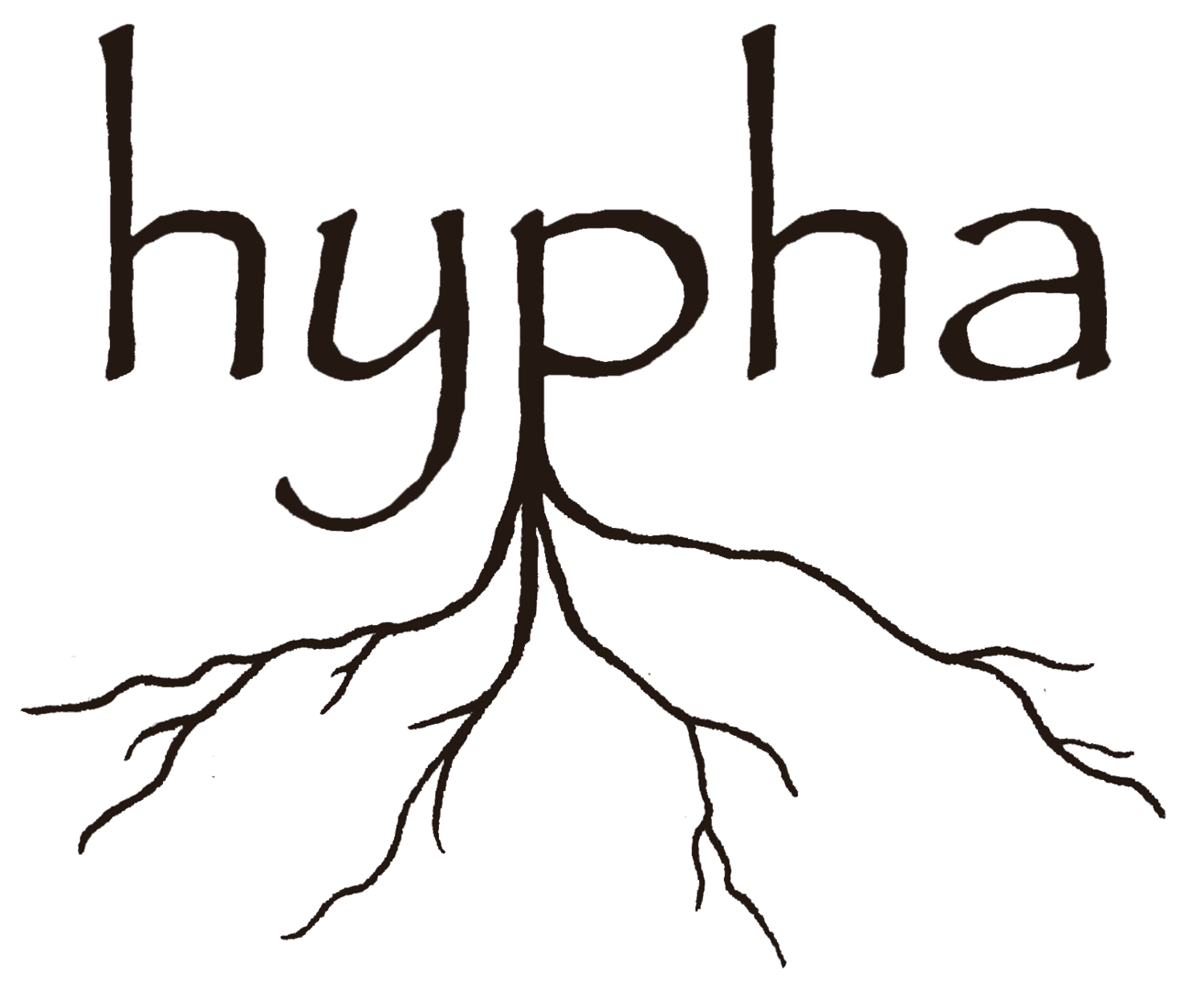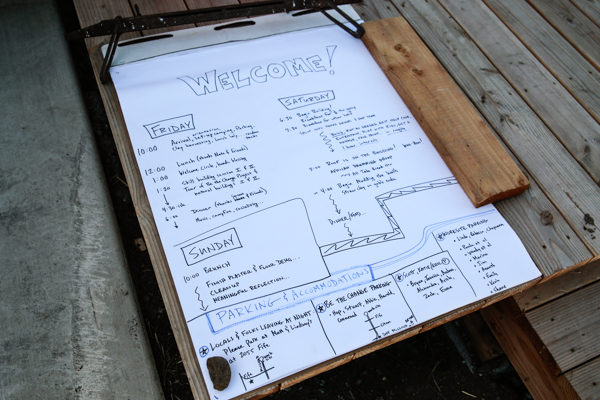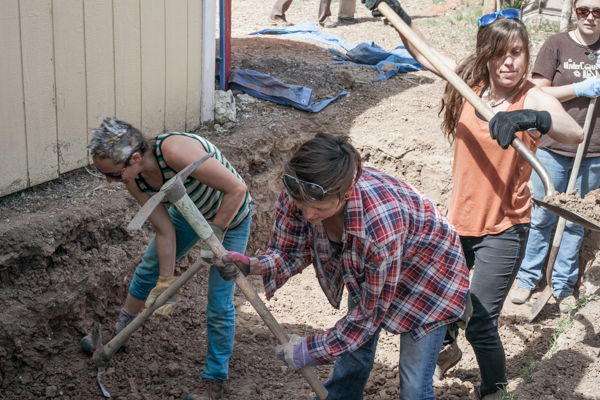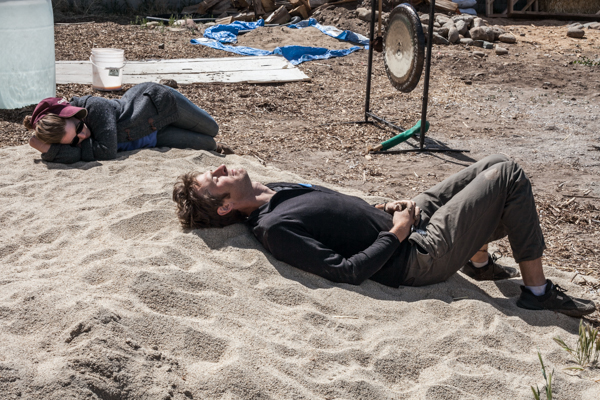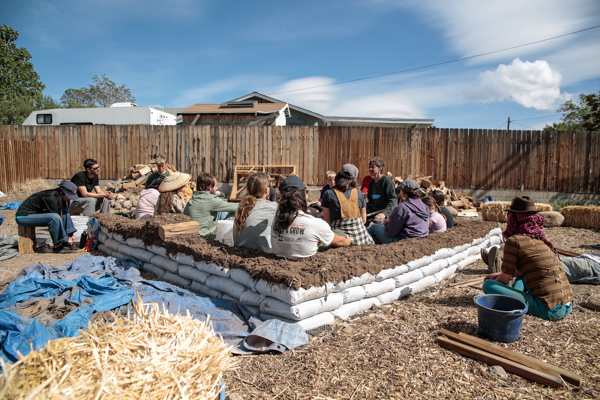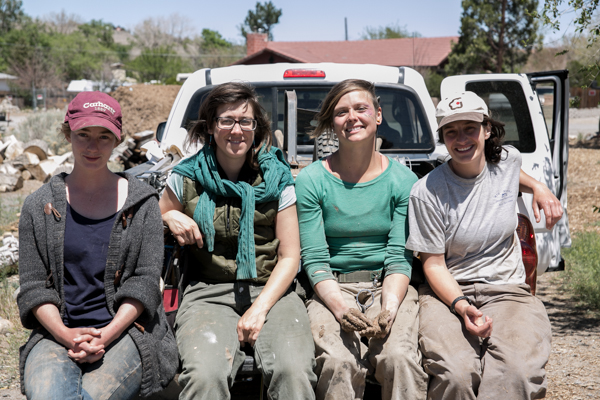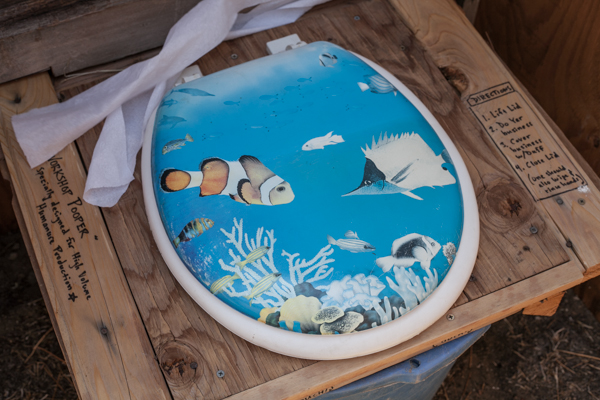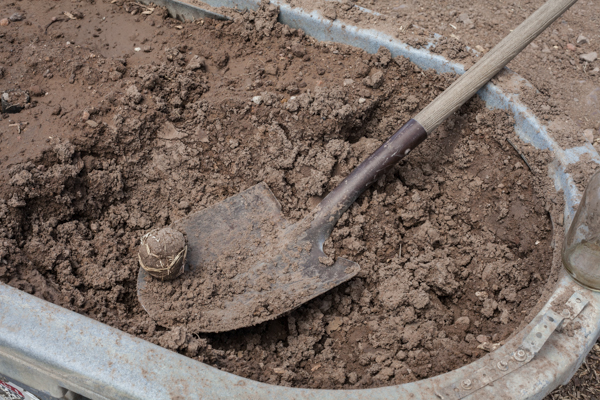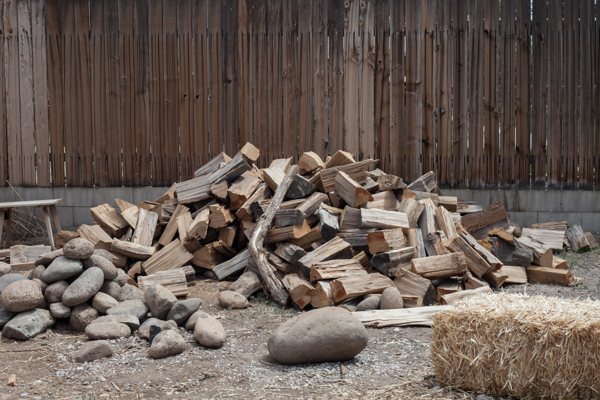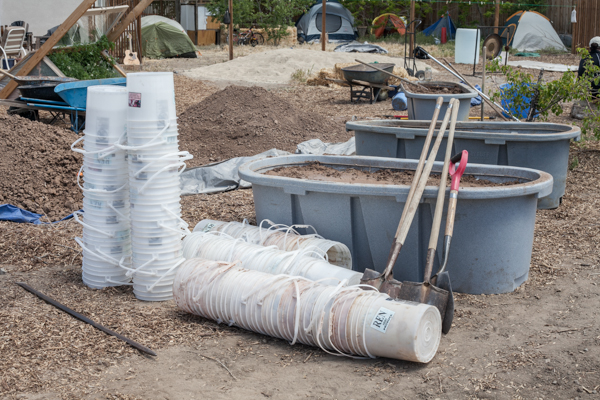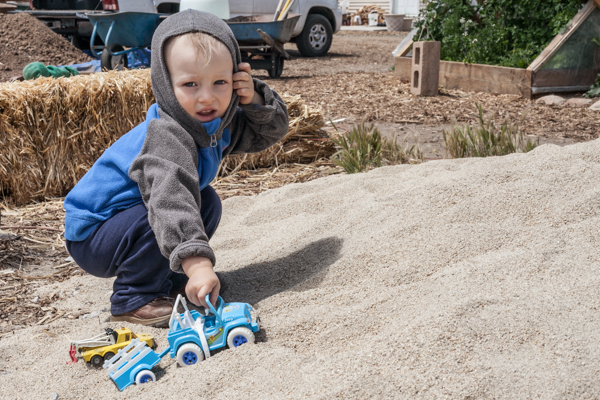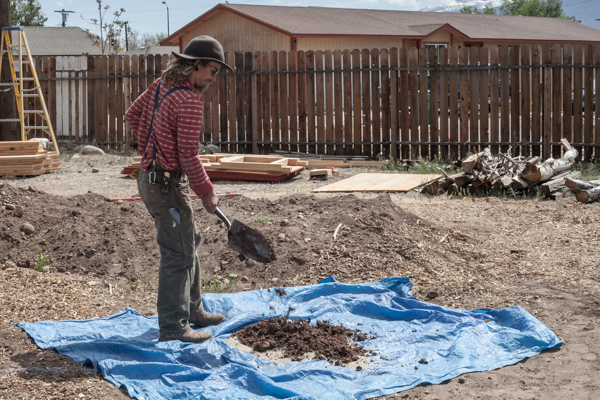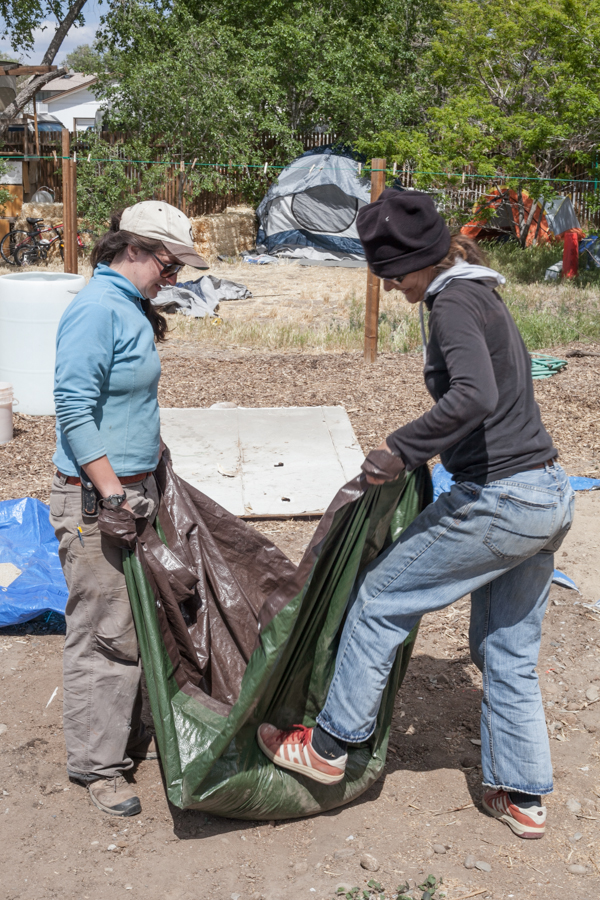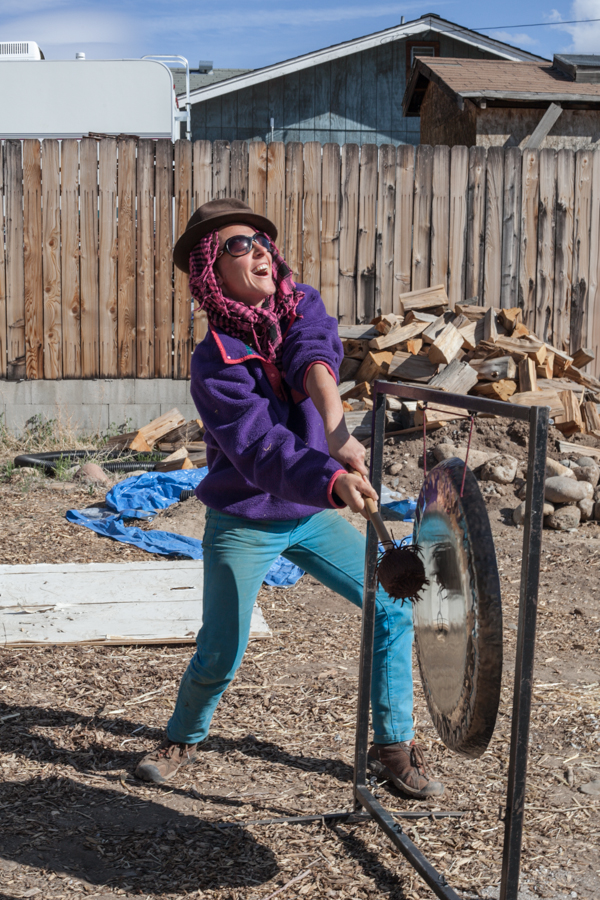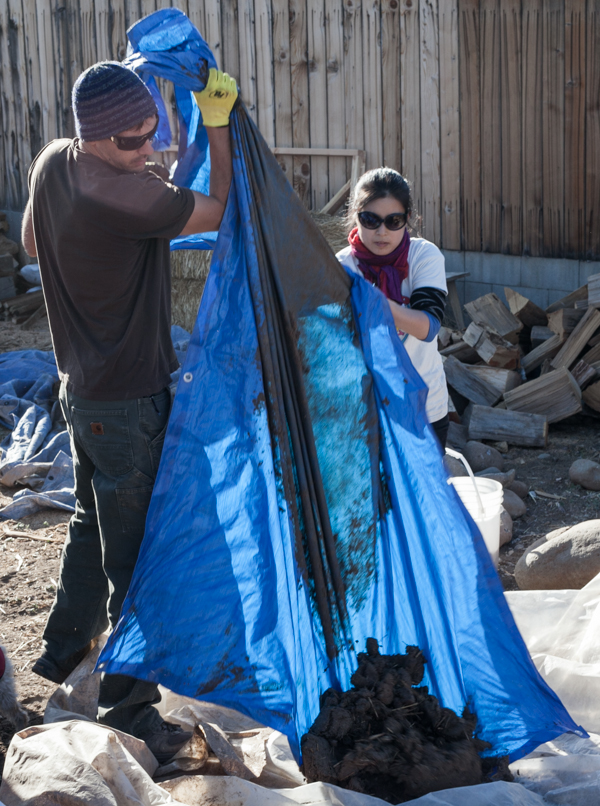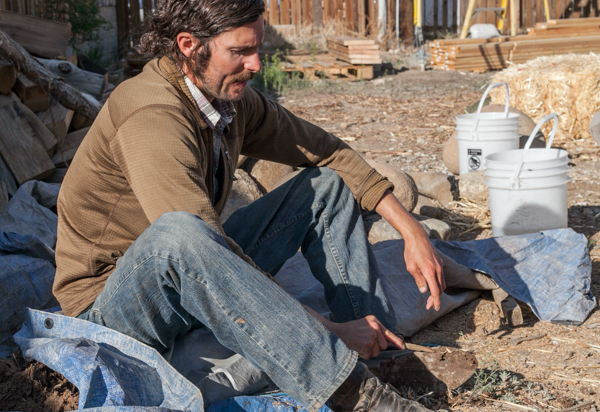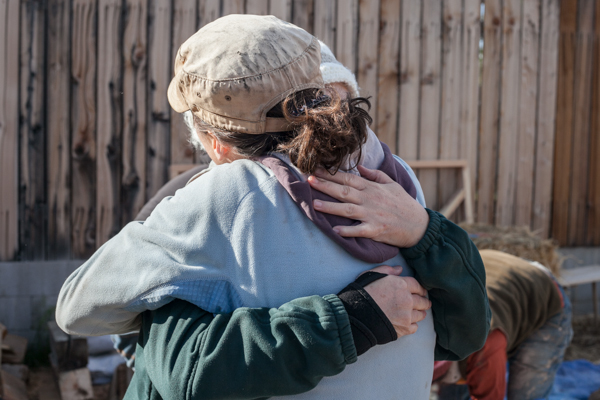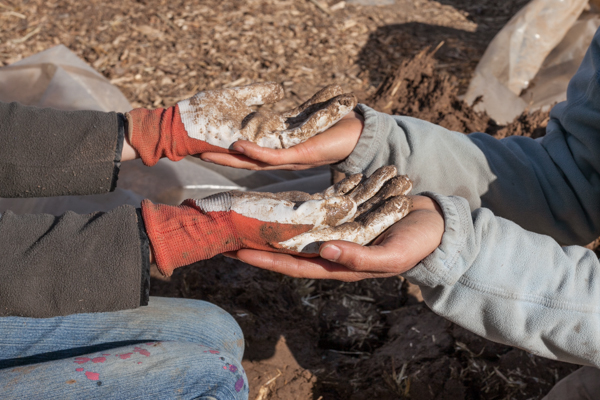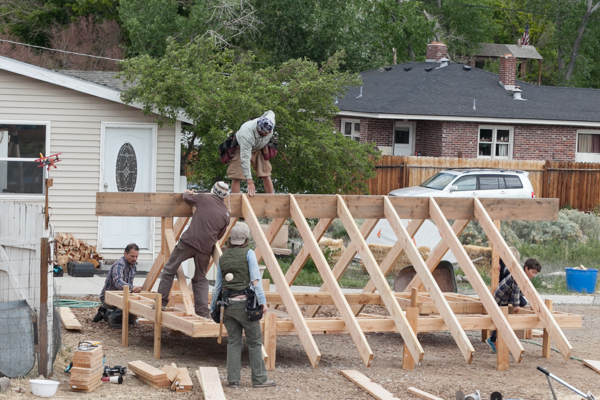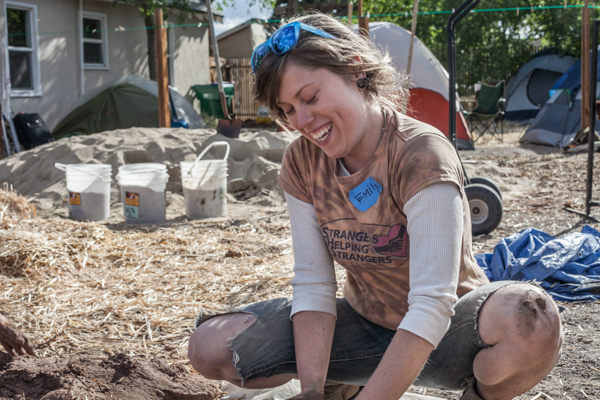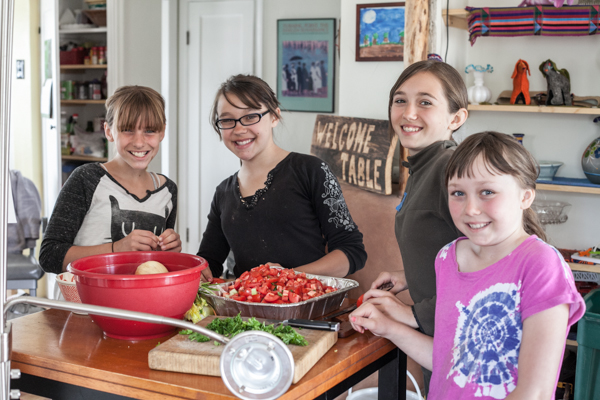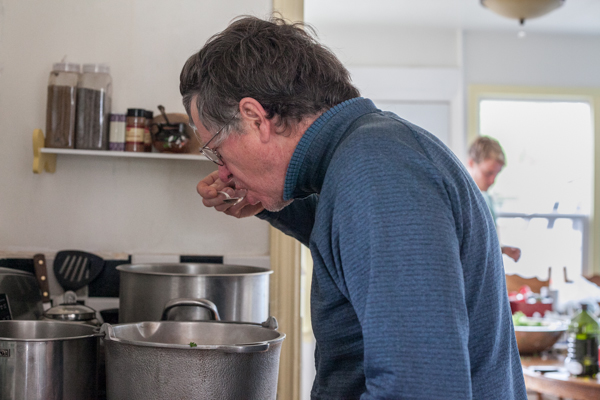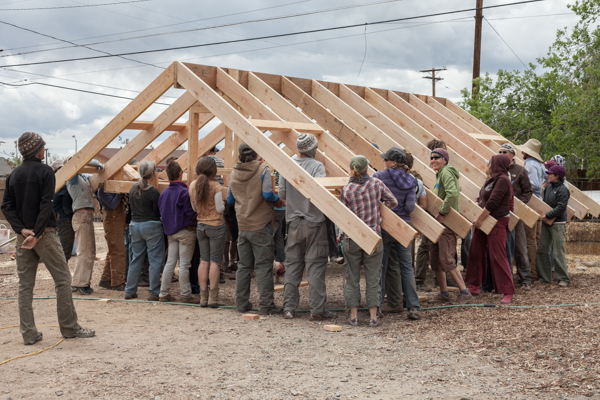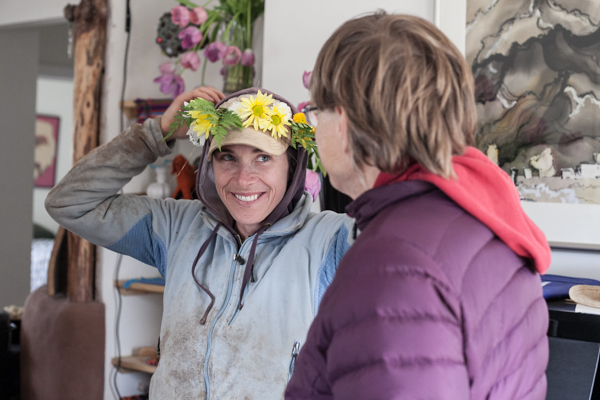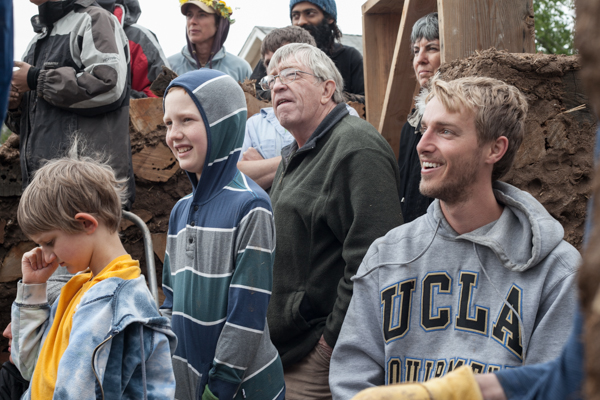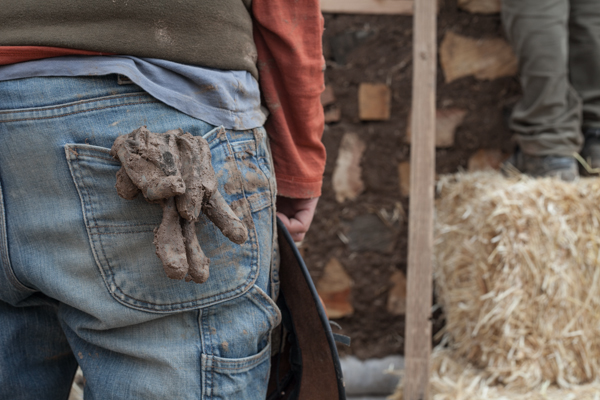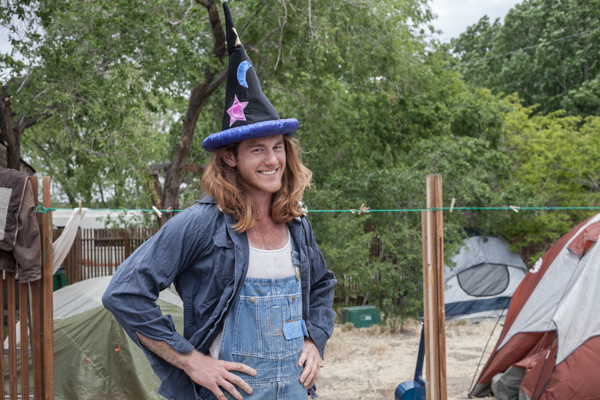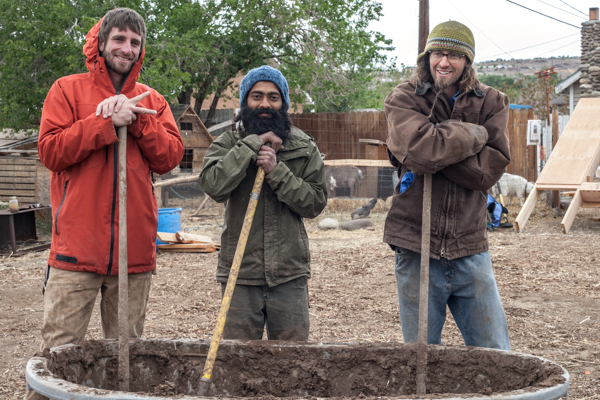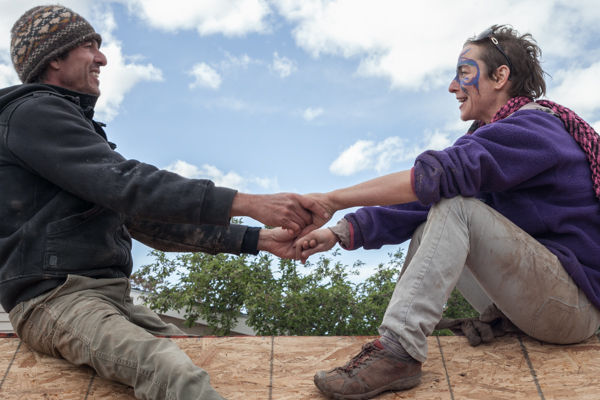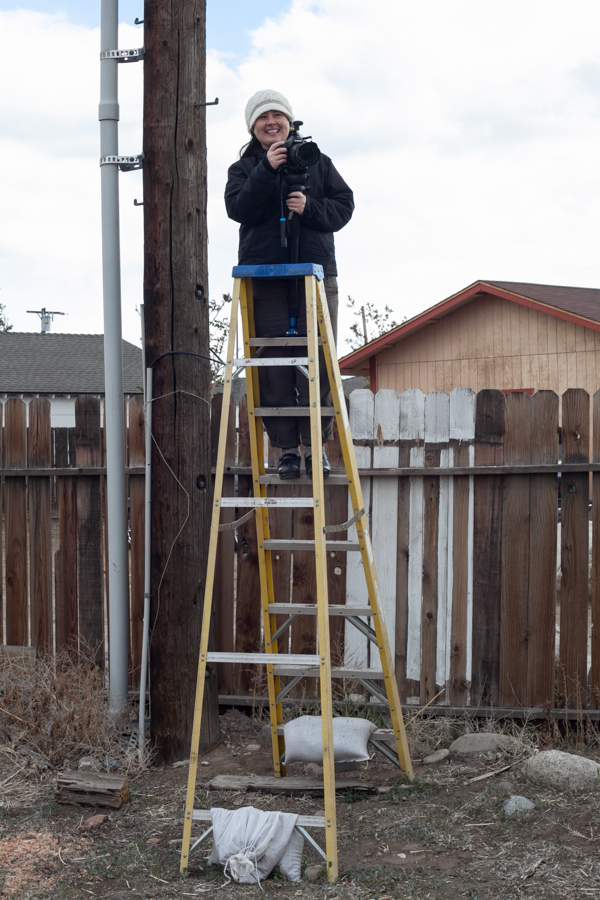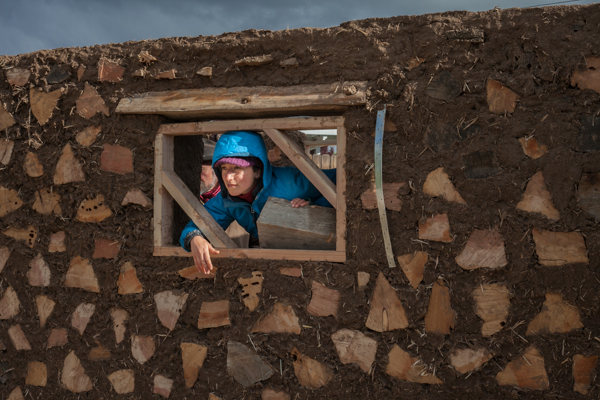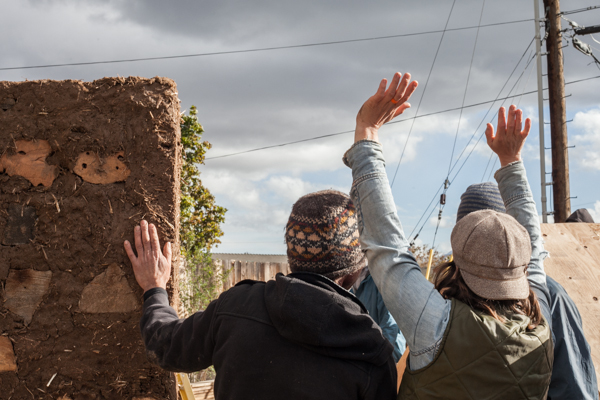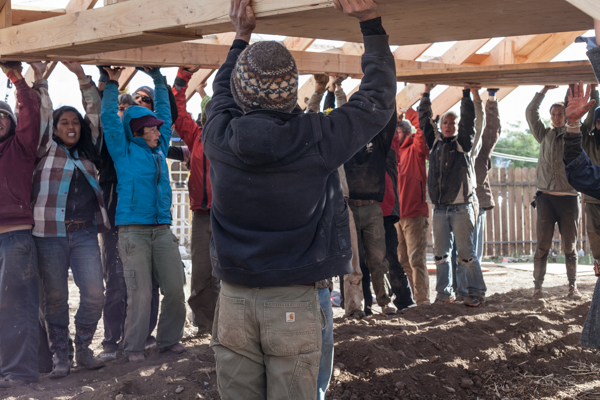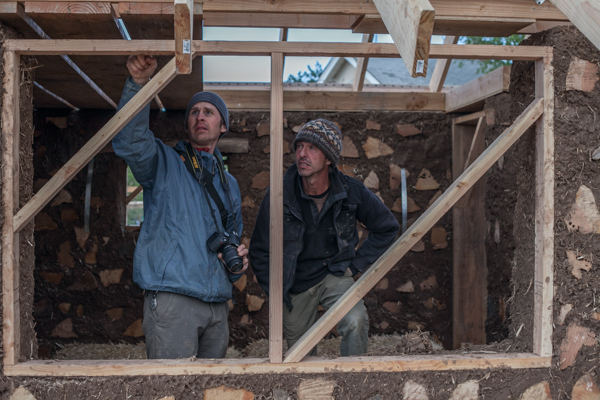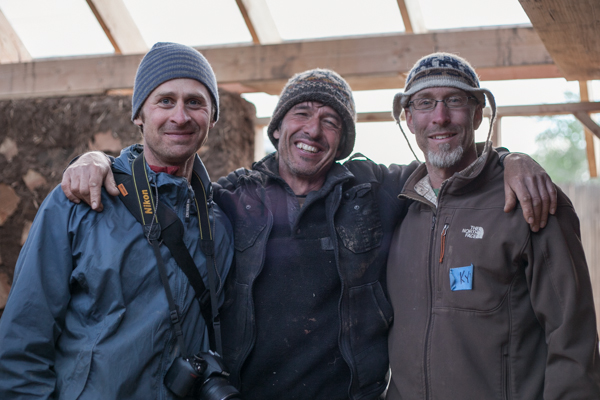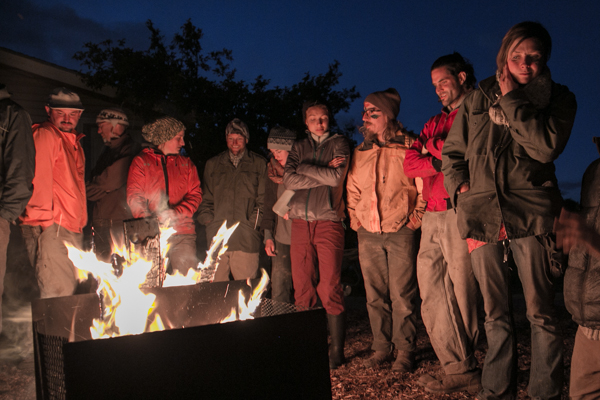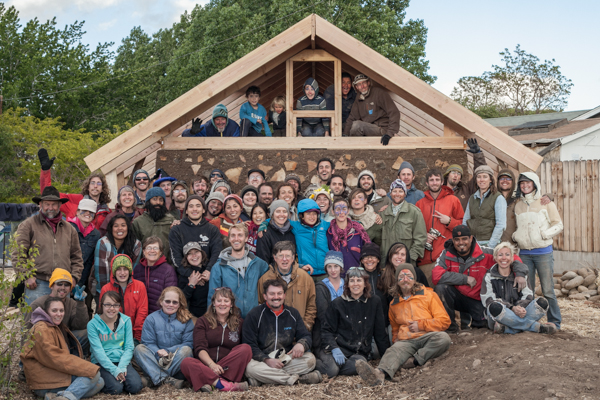This is a brief excerpt from my MFA summary project, Making Art in the Anthropocene: Artistic Citizenship for a Future Worth Living, completed June 2019. This paper connects artistic citizenship and “sensorial empathy” (Abram, 1996, p. 69) with living and making art in this particular era of the Anthropocene.
For the past few summers, the Pacific Northwest has been plagued with wildfires. The sky appeared hazy at first, like fog rolled in from the sea. But it was not fog at all—it was wildfire smoke. Ash fell from the sky, gathering thick on any flat surface. The air was still and heavy—hard to breathe, like a weight pressed on the chest. The sky was orange, and we stayed inside, miserable, for weeks. People, animals, plants, and trees in the path of fire lost life and home. Summer used to be a glorious time in the Pacific Northwest. Is this the new normal? Welcome to the Anthropocene.
The Anthropocene is a term often used to name the current geological epoch, a period where humans are the primary force in geologic, atmospheric, and environmental change. It is an era of climate change, mass extinction, and rampant ecological devastation. It is not hyperbole to consider that we humans may face extinction by our own hand. The Intergovernmental Science-Policy Platform on Biodiversity and Ecosystem Services (IPBES) report on biodiversity calls for immediate “transformative change” (Nature’s, 2019). IPBES chair Sir Robert Watson explains, “By transformative change, we mean a fundamental, system-wide reorganization across technological, economic and social factors, including paradigms, goals and values” (Nature’s, 2019).
I feel profound grief at the loss of life on Earth and keep a wary eye to the immense challenges ahead. This savage destruction of environment and culture is embedded in the process of colonization and capitalism, where dominant monocultures devour the diversity of life and value extraction, wealth, and economic growth above all else. Our planet is on the edge of ecological collapse as a result of human behavior. Human behavior is rooted in cultural ways of knowing. We must intervene to create new systems and other ways of living. We cannot change if we cannot envision where we are and what we are changing to, and art is exceptionally positioned to address this visioning process.
Climate change has primarily been addressed through science for the last 30 years. We have access to so much data and knowledge, but this approach has not captured the national imagination in the U.S. nor inspired much forward-thinking action. Data alone is also not effective at disrupting dominant power structures and economic systems which promote the status quo. We need interpreters, agitators, free-thinkers, creators. We need to feel with our bodies. We need artists.
There are two important concepts that inform and shape my work: artistic citizenship (Elliott et al, 2016) and “sensorial empathy” (Abram, 1996, p. 69). In Artistic Citizenship: Artistry, Social Responsibility and Ethical Praxis, authors David Elliott, Marissa Silverman, and Wayne Bowman examine arts practice through a lens of citizenship and assert that the arts are a social phenomenon and that there is a “social/ethical responsibility. . . at the heart of a responsible artistic practice” (2016, p. 2). Human thriving is embedded in their concept of citizenship, and ethics, in this case, asks: What is it good to be given our current circumstances? (Elliott et al, 2016).
In The Spell of the Sensuous, author and philosopher David Abram suggests that any real change in environmental ethics (and a resulting change in human behavior) will not come from logic or legislation but from the perceptual dimension, by rejuvenating our “carnal, sensorial empathy with the living land that sustains us” (1996, p. 69). By actively engaging our senses, we may, through our bodies, perceive the world around us as alive and understand that we are deeply interconnected to all life.
Art can address the Anthropocene in ways that science alone never can. Data is abstract. We don’t feel it in our bodies. Few people can grasp the enormity and severity of climate change and ecological destruction. We need to experience it through our senses and feel it in our bodies. The Anthropocene must be visceral. Through sensory perception and art, we engage with Anthropocene issues from bodily and emotional perspectives, which are powerful forms of understanding. One of art’s strengths is in revealing connections. Art involves critical reflection to make sense of the world and our experience in it. Art is messy, experimental, and free to roam. With a new-found sensory awareness, can we then develop empathy with the land, the sky, the wind, the sea, and the non-humans we live in relationship with? Will we see the world as animate?
So, ethically, what kind of artist is it good to be in the Anthropocene, our current circumstance? Through a lens of artistic citizenship, I assert that in our current time of global ecological crisis, artists have an ethical responsibility to work for the common good—which, in this case, I define as a healthy planet habitable to all life, not just a few select humans. As artists engaged in praxis, a process of critical, reflective action, how we approach this is up to each of us individually. There are many avenues to take and many injustices to right.
Cultural and social change takes a long time—time we don’t have. If art is to have any impact in changing our values, artists will have to take a sharp look at how they participate in existing systems and in the commodification of art. Artists in the Anthropocene need to move beyond the limiting ideal of the individual genius artist and art as a capitalist venture to embrace collective, participatory art that is civically engaged. We need the idea of citizenship to take hold in artist communities and for artists to move beyond identifying problems to actively working for solutions. Interdisciplinary, multidisciplinary, and transdisciplinary work is necessary. Silos should be torched with glee.
Through active engagement of the senses and through artistic citizenship, artists are uniquely positioned to stimulate the transformative changes in paradigms, goals, and values so desperately needed in our current times. Artists should be integrated into a systems or holistic approach to supporting the continuation of life on Earth and truly working for a future worth living.
October 2020 Addendum:
Nearly two years after I wrote the above, I came across this passage in The Pen and the Sword: Conversations with Edward Said and David Barsamian. Edward Said comments on why he thinks culture is so important: “It provides a visionary alternative, a distinction between the this-worldness and the blockage that one sees so much in the world of the everyday…and the possibility of dreaming a different dream…What one must train oneself is to think the alternative, and not to think the accepted and the status quo or to believe that the present is frozen” (2010, p. 105-106).
The world desperately needs visionary alternatives.
Citations:
Abram, D. (1996). The Spell of the sensuous. New York, NY: Vintage Books.
Elliott, D., Silverman, M., & Bowman, W. (2016). Artistic citizenship: Artistry, social responsibility, and ethical praxis. Oxford Scholarship Online. Doi: 10.1093/acprof:oso/9780199393749.001.0001
Nature’s dangerous decline ‘unprecedented’; Species extinction rates ‘accelerating’. (2019). In Intergovernmental science-policy platform on biodiversity and ecosystem services. Retrieved on May 7, 2019, from https://www.ipbes.net/news/Media-Release-Global-Assessment
Said, E. & Barsamian, D. (2010). The Pen and the sword: Conversations with Edward Said and David Barsamian. Chicago, IL: Haymarket Books.
